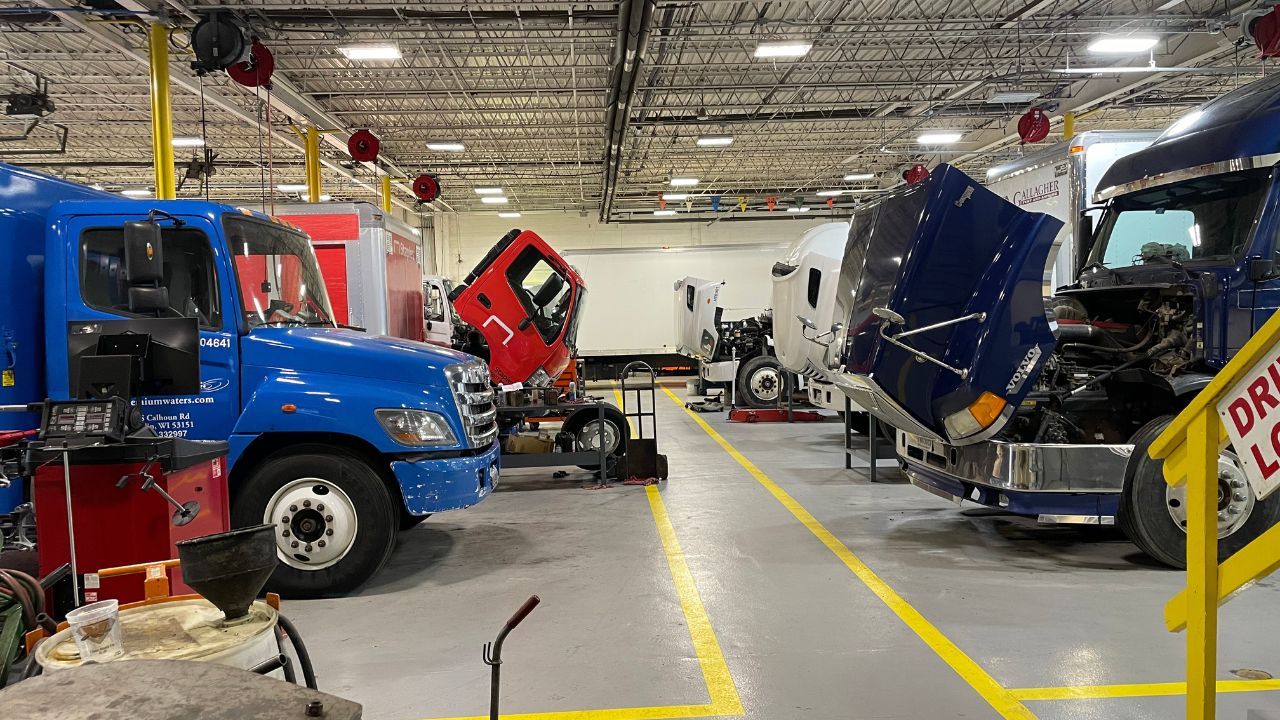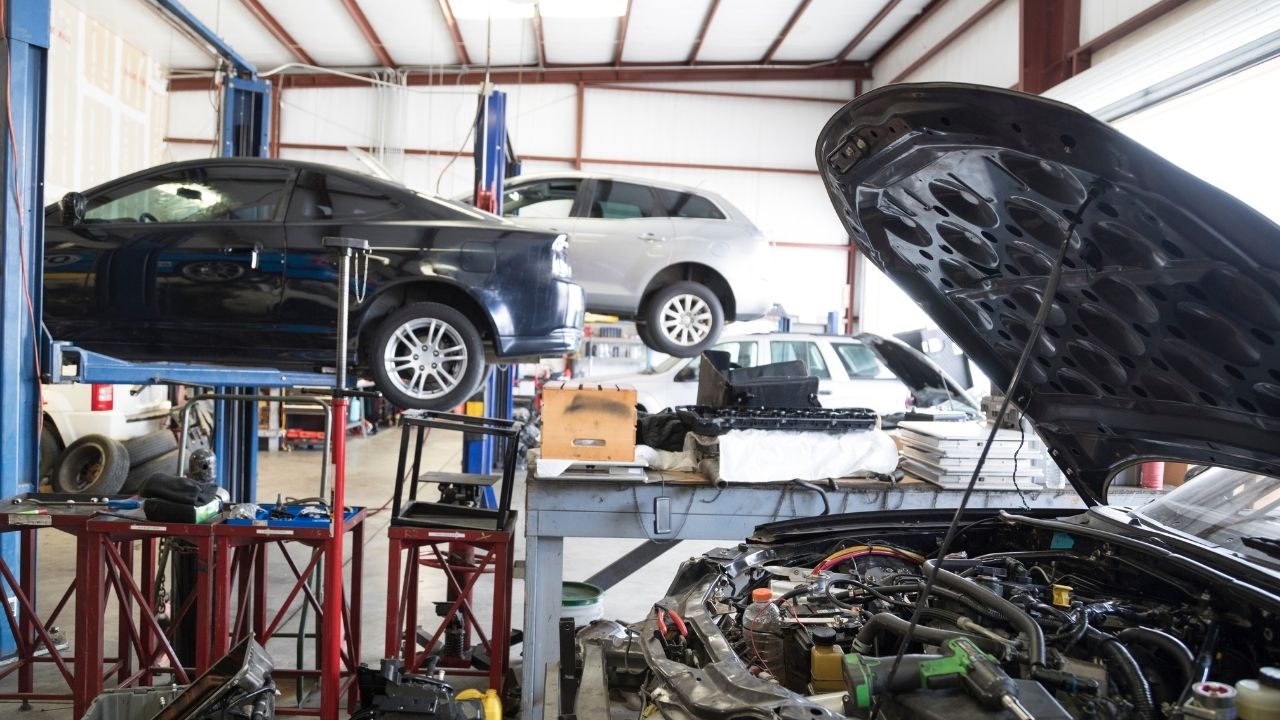Hi there, WrenchWay readers!
Team Fullbay is checking in for a guest blog. A few months ago, we released the third edition of our State of Heavy-Duty Repair, and we thought we’d share some of the most interesting technician-related findings from the data.
This blog isn’t exhaustive (just exhausting, ha ha), but it should give you some idea of what life as a diesel technician is like in 2023. We looked into where techs are making the most (and least) money, how much labor rate impacts technician wage, and more. So read on, and don’t forget to grab the free report when you’re done!
What’s the age range of shop employees these days?
We can discuss the causes of the tech shortage all day, but here’s the stark reality of it: 5% of current shop employees are 24 or under. That’s a pretty unsettling number when you think about how we, as an industry, need to attract young people to fill the ranks.
Battle of the sexes…in diesel!
Nearly a quarter (24%) of respondents said they were women—yes, diesel shops are still largely male-centric spaces, but ladies, we’re making inroads.
What labor rates do shops charge by region?
So…where do you have to move to make some good cheddar? #1 is the West Coast, which charges an average labor rate of $137 an hour. (Bonus: It’s also the home of Tillamook, which makes pretty darn good cheese). The runner-up is Canada, where shops charge an average of $119 an hour. From there is the Southwest ($115); Southeast ($114); and the Northeast and Midwest tied at $113.
Did shops raise their labor rates in 2022?
Who’s charging more for the work? Lots of shops…76%, actually.
Does raising your labor rate impact technician hourly rates?
Of the shops that reported raising their labor rates, a whopping 92% said they raised their techs’ hourly rates. If your market allows it, we always recommend bumping tech pay when you bump your labor rate!
But how much did those rates go up? That tended to depend on how many technicians a shop had. Shops with 1-2 techs tended to give the lowest raises ($3.10) while those with 41 or more techs bumped their wages an average of $8.20.
What was the average technician hourly rate in 2022?
Raises are nice, but how much did techs really make in ‘22? Well, the highest-paid techs resided in the Southeast, commanding a $46 average hourly rate. The West came in second with an average of $44.60, and right behind them (literally) is the Northeast at $44.50.
The Southwest and Midwest bring up the rear, with techs earning an hourly average of $41.90 and $35.10.
How many hours are techs working per week?
So, how many hours do techs work to score those rates?
We found that 45% of techs worked over 40 hours per week. Of that group, 23% worked over 50 hours per week. Interestingly, the older a tech is, the likelier they are to work longer hours; 44% of those 55 and up relayed they worked 50+ hours a week. Fifty-four percent of the youngsters, however (24 and under), reported they worked 40 hours and under.
Are techs attending trade school?
Do we all wish there were more emphasis on trade schools instead of universities? Sure. But only 21% of the techs who responded to our survey had attended. And when we looked closer at the data, we realized that 44% of that chunk were 55 and older.
Cool info, Fullbay! Where can I get more?
If you found this data interesting, we recommend downloading your full copy of the report right here. It’s free, and it’s full of information about techs, the shops they work in, and where the industry is (and where it’s headed)!
About Fullbay
Fullbay makes life easier for just about everyone in the shop. Its streamlined workflow helps boost tech efficiency and productivity, meaning more vehicles (and more revenue) can roll into the shop. Shop customers are big fans of their software, too, because it gives them their own portal to authorize work, see how things are going, and even communicate with the shop.
Guess what? Owners love Fullbay, as well—but not only because it lets them see how things are going during a day at the beach. The app makes it easy for them to send estimates and invoices. And with Fullbay Payments and Fleet Payments, they’ve made it easier than ever for your customers to pay those invoices. Learn more about Fullbay.




